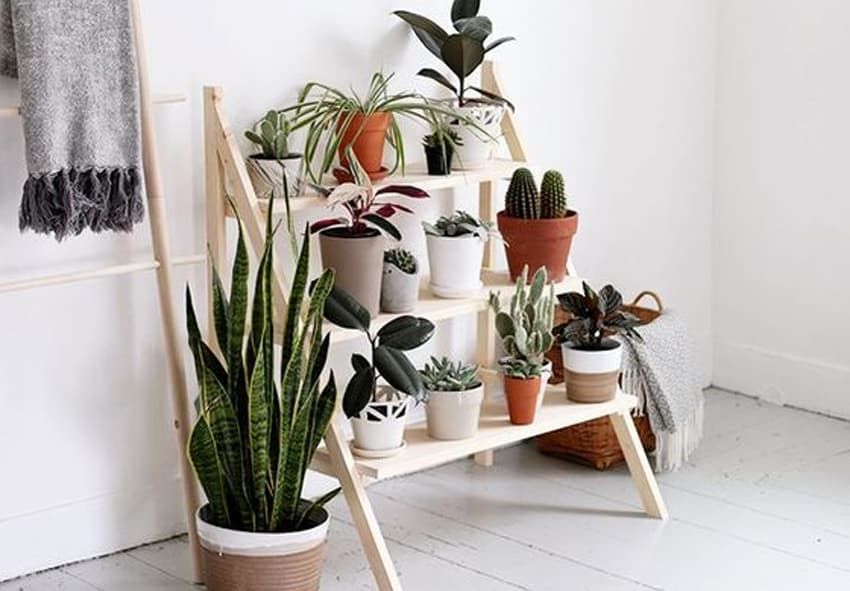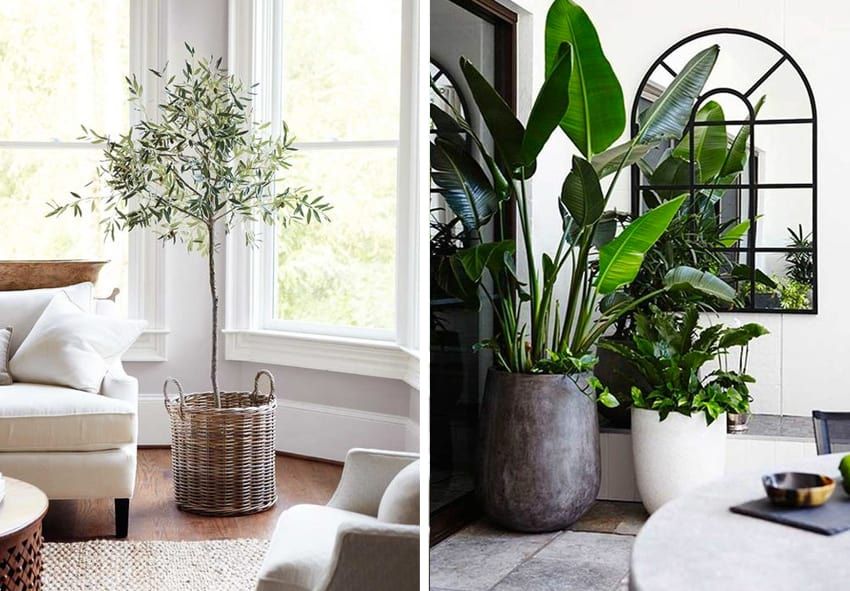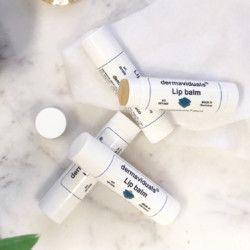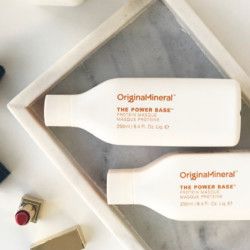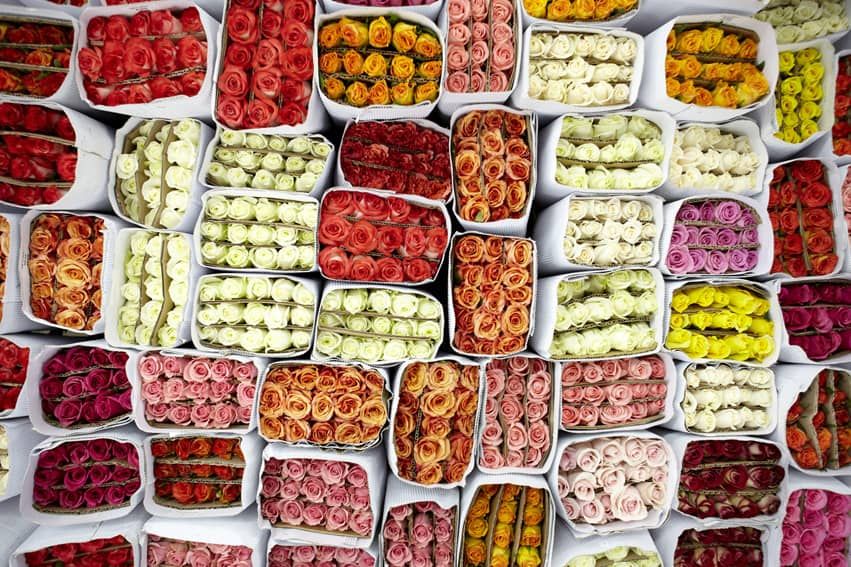
We are the first to admit that we are serial plant killers.
It’s a big statement to make but it’s true and we’ve finally come to the realisation that we need to do something about it because fake plants simply don’t make the cut anymore. Fresh flowers are fine, but it’s the succulents, herbs and indoor plants that really get us. We just can’t keep them alive!
To help us get our green thumbs, we spoke to horticulturalist, Brandon Brightman, who gave us the lowdown on what we should and shouldn’t be doing to the greenery in our office and homes.
We knew we officially needed Brandon’s help when we sent him a photo of a fiddle leaf fig and he replied asking what type of plant it was because it looked so dead haha!
What are some plants that don’t need much natural light? There are parts of SWIISH HQ that don’t get a lot of natural light and our plants seem to be suffering from all the fluorescent lights (RIP fiddle leaf fig).
Some great indoor plants that are known to survive in low natural light areas of your office or home:
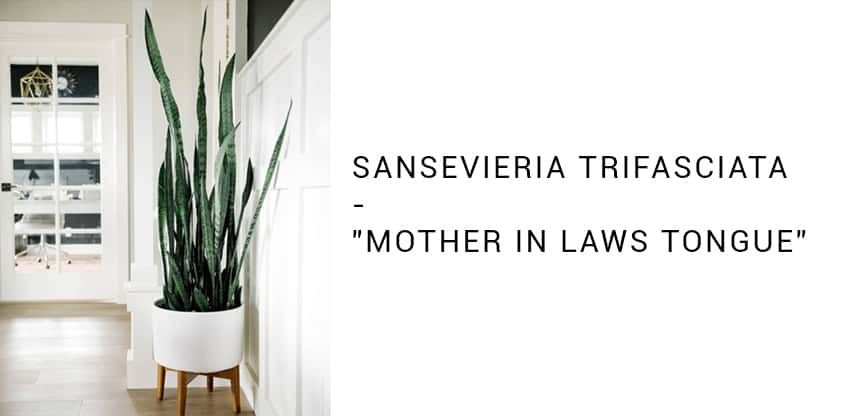
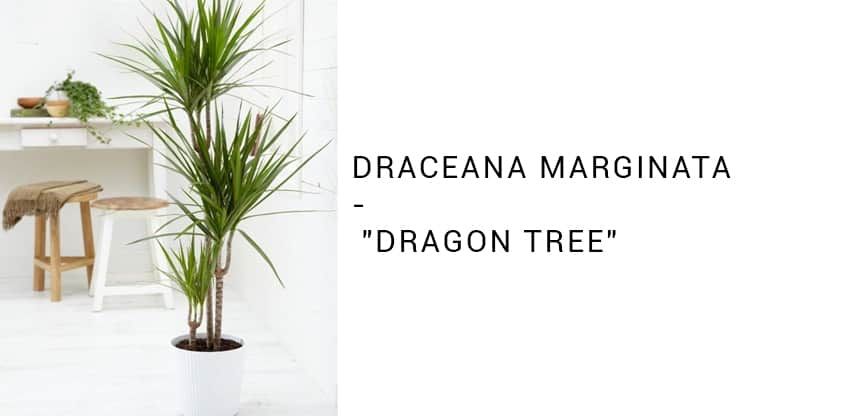
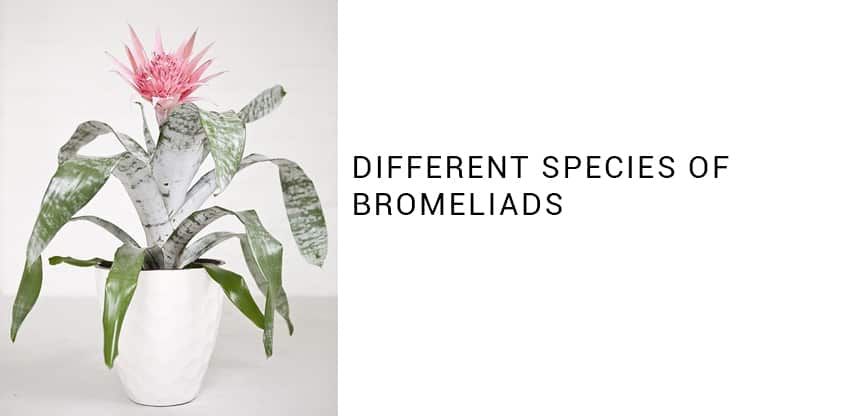
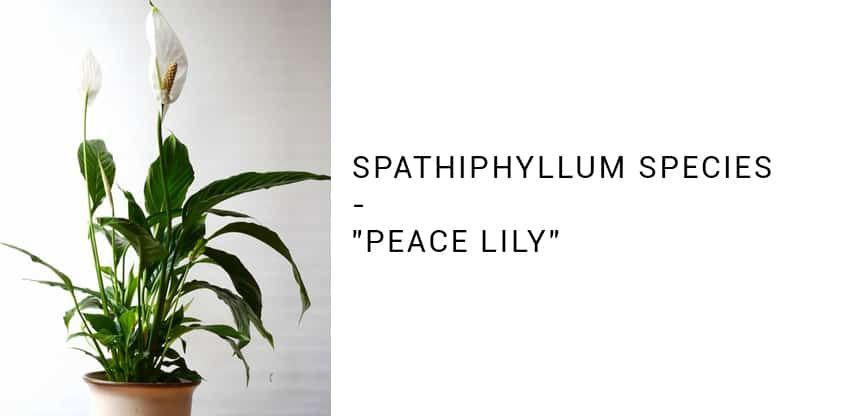
Another bit of advice would be to try the plant in different areas of the room and see how it reacts to the position.
Always research the plant you intend to grow not only for care requirements but also for health – some plants can be poisonous.
What’s the best plant to have if you don’t have much time do devote to looking after it? Besides a plastic plant, of course.
Best indoor plant in my opinion is the Mother In Laws Tongue. It is a versatile indoor plant with a striking growing habit and foliage combination. It’s also very low maintenance.
Succulents are often heralded as the easiest plants to look after, but how do you keep them alive exactly? We have one in the office that is looking pretty worse for wear and it’s only been in our hands for just over one month. How many times a week/fortnight/month should it be watered? Should they get natural light?
Succulents are extremely hardy plants, but they do need natural light. They tend to grow well in sandy/loamy soil that is free draining as to avoid water logging the plant and leading to rotting.
With saying that though they still need water, it is fine to let the soil completely dry out every now and again but just a little top up once you have noticed that the pot is dry is adequate. Also a lot of succulents will show physical signs they’re not getting enough moisture by their foliage starting to shrivel.
An indoor environment with little to no natural sunlight and with an air conditioner running is definitely not ideal for successfully growing succulents.
In conclusion, they need a good amount of natural light, a well suited potting mix specifically for succulents, do not over water and drown the pot.
What are your top 5 plants (indoor or outdoor) that you would recommend to people that are accidental plant killers?
As long as you do some research on your plant, most plants found in your local nursery or Bunnings can be successfully grown.
Geraniums come in many different hybrids and varieties. Very hardy, rambling geraniums can easily take over a garden bed and can become relatively drought tolerant once established. They’re easily grown from soft woodcuttings.
Bromeliads are a tropical grouping of strappy leaf plants. They tend to grow in shaded areas although there are some that can be grown in heavier sun positions, as along as the “eye” or centre has water in it.
Some bromeliads are epiphytic which basically means they don’t need roots to source their nutrients and water.
Euphorbia species are very easy to take care of and can become relatively drought tolerant once established. They’re hard to kill, although the milky sap it exudes is poisonous and can cause irritated skin. Always wear gloves and long sleeves when working with this species.
Can a plant be resurrected once it dies? How do you know if it’s beyond help?
Once a plant dies it cannot be brought back… sorry! Signs a plant is dying/dead:
- Browning and wilted/shriveled up foliage
- No active green growth visible
- Discoloured foliage
- Limbs of woody-stemmed plants tend to snap rather then bend and flex.
- With secateurs prune a little section of the plant to see if there is still activity inside the stem (is it green?).
It’s also worth your while depending on what plant species you have, to do a little bit of research so at least you have a little bit of an idea how that particular grows.
If we want a garden full of flowers next Spring, what’s the best time of year to plant them?
Depending on what you’re intending to plant, all plants are different so again a little research will go a long way. But typically planting out a garden bed in the previous season is recommended, this gives the plants roughly a year to adapt and hopefully perform their best for the following spring.
This isn’t to say that they won’t or can’t flower before or after, it is just a rough guide.
